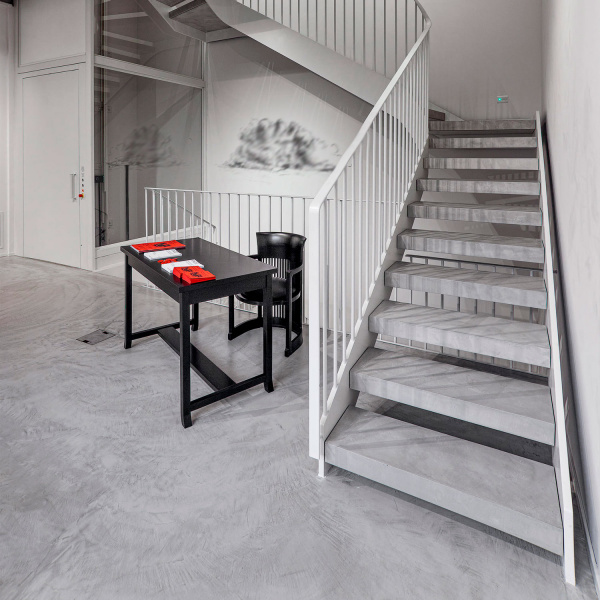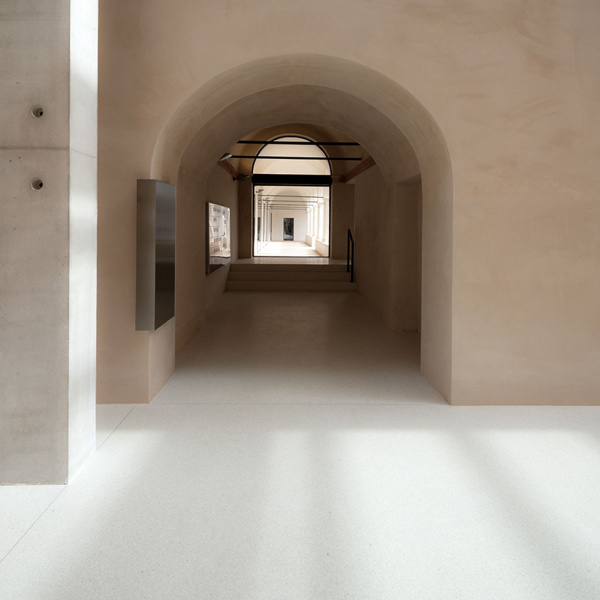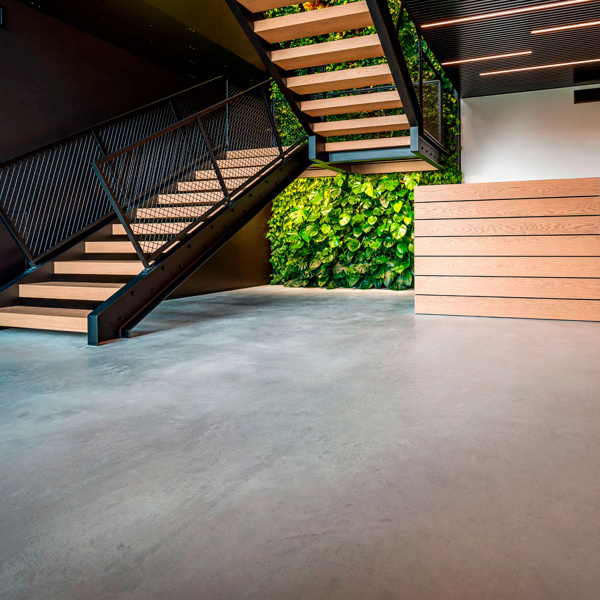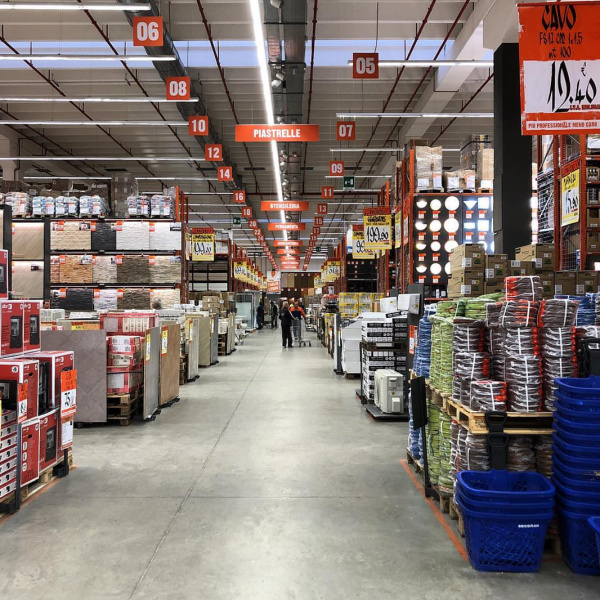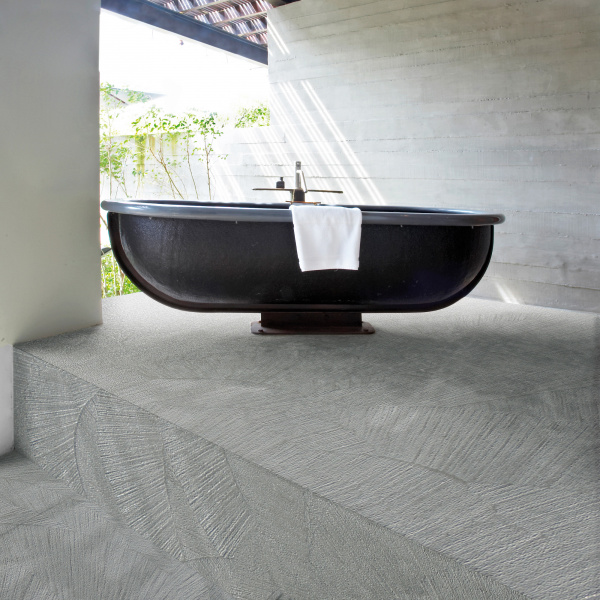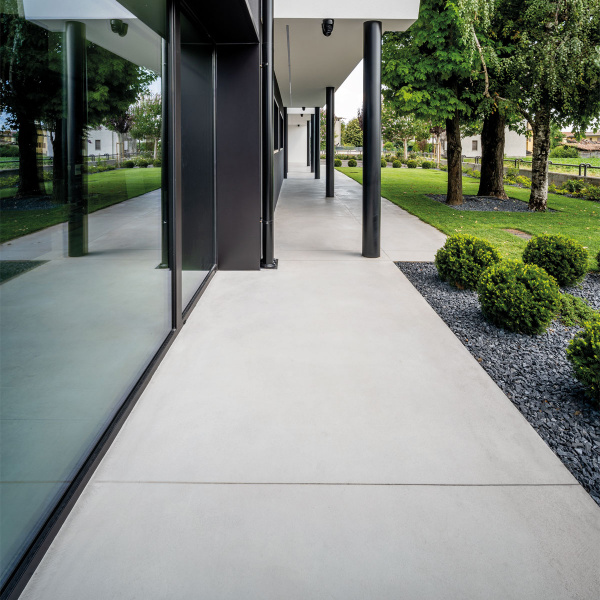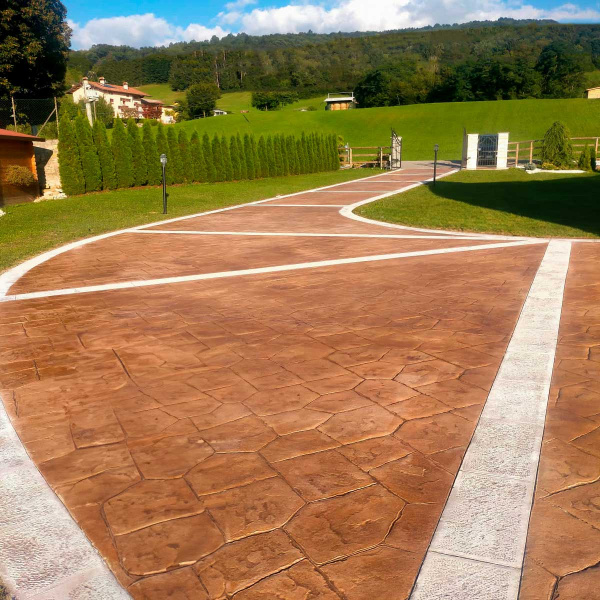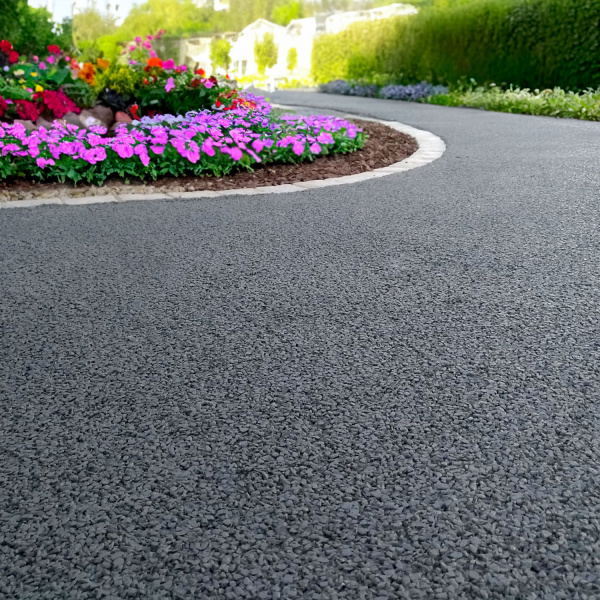The importance of joints in a concrete floor
Are you thinking of creating a new continuous concrete floor? Would you like to know what concrete floor joints are for? Read on to find out why continuous concrete flooring also needs joints.
Structural joints
Concrete floor joints are a key detail for the success and durability of your continuous floor.
Therefore, let’s find out what we mean when we talk about "joints".
What is a joint in architecture?
The term joint, in the construction world, indicates a discontinuity between two elements, but also a constructive element that allows a connection between two materials. Joints are fundamental in architecture, especially in the anti-seismic field.
What are the joints in building construction?
The structural joint or technical joint is a real interruption of continuity of a structure.
In fact, structural joints make structures independent, especially when they have different resistance to seismic actions. The technical joint in this case takes on the function of avoiding the so-called hammering effect - that is what happens when two buildings begin to impact each other under seismic action.
Therefore, as you may have already guessed, there are various types of joints.
Those that interest us, speaking of continuous concrete floor, are two: the structural joint (or technical joint) and the expansion joint.
Expansion joints
Expansion joints are essential for the success of a floor, regardless of the material we decide to use. The expansion joints for floors are used to create an elastic structure, able to counteract both the normal micro-movements of the substrate structures, and to mitigate the thermal expansion that each material has (according to the various seasons and climatic conditions).
When should the expansion joints be inserted?
Expansion joints are used when laying the floor, even in continuous concrete floors.
There are various types of expansion joints depending on the type of material used for the flooring.
Where to put the expansion joints?
The position depends on the size of the space to be paved.
Generally, we divide large spaces into surfaces of up to 16-25 square meters for internal floors and 4-9 square meters for external floors, to avoid breakage of the continuous surface of the floor.
Floor expansion joints
Floor expansion joints vary a lot according to the type of material chosen. While for ceramic tile floors the joint becomes practically invisible, since it is located within the joint texture, the same does not apply to the continuous concrete floor. In fact, in this case, the joint remains visible. Expansion joints for floors are generally made of materials such as PVC, steel, and sealant. The choice varies according to the type of floor chosen and obviously also according to the thickness of the floor, as well as its positioning, internal or external.
Joints for concrete floors, why they are important
The concrete floor joints by Isoplam®, for the line of low-thickness microcement floors, are specially designed to reduce the visual effect of the joint.
At the same time, our expansion joints are made to ensure high technical performance. In addition to that, designing and positioning the joint correctly will help you keep your concrete floor beautiful and unaltered over time, avoiding repairs.
Discover all online technical products that Isoplam® has designed to best implement its microcement and resin cement floors. Products for the creation of decorative concrete surfaces, including construction joints (structural joints) and holed wings joints (expansion joints) for ItalianTerrazzo® floors.
Isoplam® also offers a range of aluminum or PVC joints , available in various colors and thicknesses, essential for making architectural cuts on Italian Terrazzo® exposed aggregate paving, Terrazzoverlay, Microverlay, Skyconcrete and low thickness Overlay floors.










